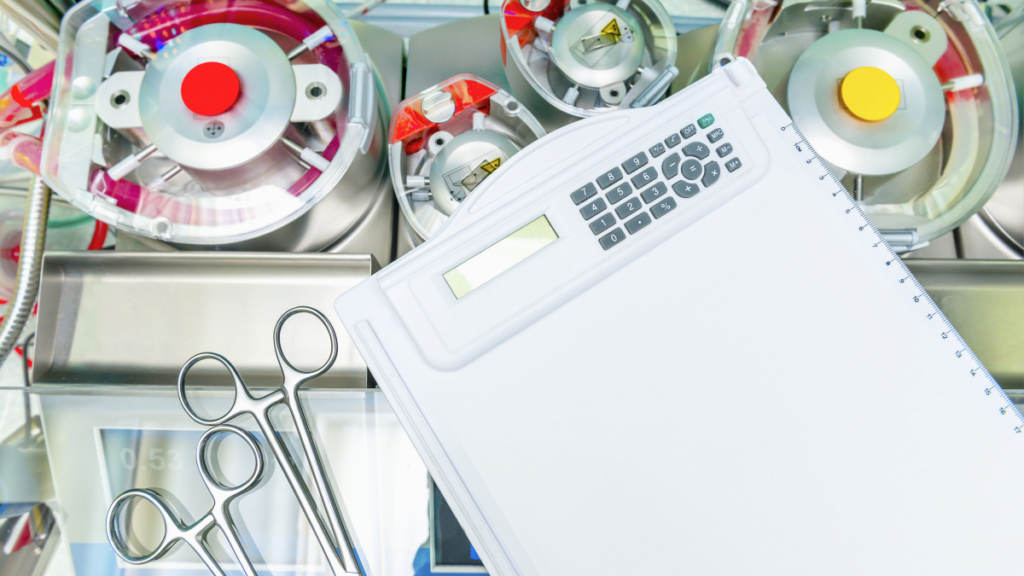Prebypass Checklist

Sample Perfusion Checklist Updated 2018
This is a guideline, which Perfusionists are encouraged to modify to accommodate differences in circuit design and variations in institutional clinical practice.
Patient ID ______________________
Check each item when completed, sign and date. If not applicable, draw line through and leave a detailed comment.
PATIENT
- Patient identity confirmed
- Procedure confirmed
- Blood type, antibodies confirmed
- Allergies checked
- Blood bank number confirmed
- Medical record number confirmed
- Chart reviewed
- Participated in procedure “time out”
STERILITY/CLEANLINESS
- Components checked for package integrity/expiration
- Equipment clean
- Heat exchanger(s) leak-tested
PUMP
- Occlusion(s) set
- Speed controls operational
- Flow meter in correct direction and calibration
- Flow rate indicator correct for patient and/or tubing size
- Rollers rotate freely
- Pump head rotation smooth and quiet
- Holders secure
- Servoregulated connections tested
ELECTRICAL
- Power cord(s) connection(s) secure
- Servoregulation connections secure
- Batteries charged and operational
CARDIOPLEGIA
- System debubbled and operational
- System leak-free after pressurization
- Solution(s) checked
GAS SUPPLY
- Gas line(s) and filer connections secure
- Gas exhaust unobstructed
- Source and appropriate connections of gas(es) confirmed
- Flow meter / gas blender operational
- Hoses leak-free
- Anesthetic gas scavenge line operational
COMPONENTS
- System debubbled and operational
- Connections / stopcocks / caps secure
- Appropriate lines claimed / shunts closed
- Tubing direction traced and correct
- Patency of arterial line / cannula confirmed
- No tubing kinks noted
- One-way valve(s) in correct direction
- Leak-free after pressurization
SAFETY MECHANISMS
- Alarms operational, audible and engaged
- Arterial filter / bubble trap debubbled
- Cardiotomy / hardshell venous reservoir(s) vented
- Vent line(s) tested with fluid
- Venous line occluder(s) calibrated and tested
- Devices securely attached to console
ASSISTED VENOUS RETURN
- Cardiotomy positive-pressure relief valve present
- Negative- pressure relief valve unobstructed
- Vacuum regulator operational
MONITORING
- Circuit / patient temperature probes placed
- Pressure transducers / monitors calibrated and on proper scales
- Inline sensors calibrated
- Oxygen analyzer calibrated
ANTICOAGULATION
- Heparin time and dose confirmed
- Anticoagulation tested and reported
TEMPERATURE CONTROL
- Water source(s)connected and operational
- Temperature range(s) tested and operational
- Water lines unobstructed
SUPPLIES
- Tubing clamps available
- Drugs available and properly labeled
- Solutions available
- Blood products available
- Sampling syringes / laboratory tubes available
- Anesthetic vaporizer correct
- Vaporizer operational and filled
BACKUP
- Hand cranks available
- Duplicate circuit components / hardware available
- Emergency lighting / flashlight available
- Backup full oxygen tank with flow meter available
- Ice available
EMERGENT RESTART OF BYPASS
- Heparin time and dose confirmed
- Components debubbled
- Gas flow confirmed
- Alarms reengaged
- Water source(s) connected
TERMINATION CHECKLIST
- Venous assist off / cardiotomy / venous reservoirs vented
- Shunt(s) closed
- Vent(s) clamped / removed
POSTBYPASS CHECKLIST
- Announce bypass terminated
- Arterial and venous lines clamped
- Arterial circuit bubble-free before transfusing perfusate
- Pump suction(s) off
- Cell saver re-infusion bags de-aired and labeled
Comments:
Signature: _____________________________
Date: ________________ Time: ____________

One thought on “Prebypass Checklist”